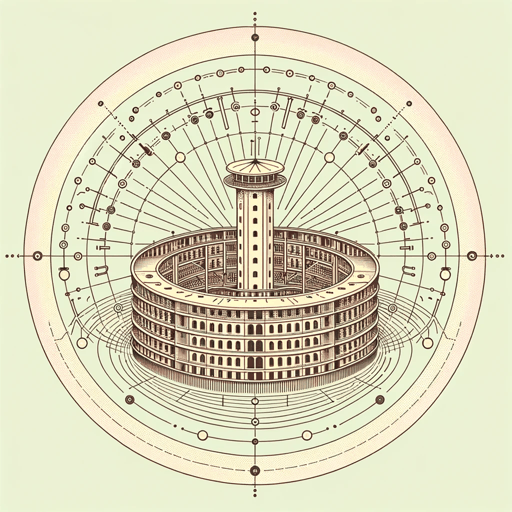60 pages • 2 hours read
Michel FoucaultThe Order of Things: An Archaeology of the Human Sciences
Nonfiction | Book | Adult | Published in 1966A modern alternative to SparkNotes and CliffsNotes, SuperSummary offers high-quality Study Guides with detailed chapter summaries and analysis of major themes, characters, and more.
Chapter 1Chapter Summaries & Analyses
Part 1
Chapter 1 Summary: “Las Meninas”
Chapter 1: “Las Meninas” is a close reading of the 1656 painting Las Meninas (Spanish for “The Ladies-in-Waiting”) by Spanish painter Diego Velázquez. Foucault explores the painting as a paradigmatic example of the Classical Age’s ideas about representation and what it means to represent something abstractly. The painting depicts Velázquez painting the king of Spain, Philip IV, and the queen. Their heir, Margaret Theresa, stands in the foreground next to Velázquez, surrounded by her attendants. Velázquez’s canvas is turned away from the viewer’s perspective, so viewers cannot see what he is painting within the painting.
Before Velázquez’s time, European paintings dealt with relatively simple subject matters: Things were usually depicted in their entirety with simple arrangements and presentations of the things that were represented. Velázquez erases the sitting subjects from the painting yet retains their perspective as the point of view from which Las Meninas is painted. The point of view of the missing subjects becomes the point of view of the audience. Foucault says that this unique perspective makes “the spectacle” that the painted Velázquez observes “doubly invisible” because the regents are not present and exist behind the perspective of the audience (9); turning around and viewing the regents is impossible, since the painting only exists in front of us.
Related Titles
By Michel Foucault




